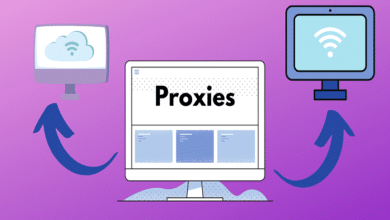A Ban on Fake YouTube Channels That Mislead Users: The Ministry Takes Action

YouTube has become an integral part of our lives, providing a platform for entertainment, education, and information. However, in recent times, there has been a growing concern about the presence of fake YouTube channels that mislead users and spread misinformation. Recognizing the seriousness of the issue, the Ministry has taken a decisive step to ban such channels and protect users from falling prey to deceptive content. In this blog post, we will delve into the details of the ban and discuss its implications for users and content creators.
Understanding the Rise of Fake YouTube Channels Fake
YouTube channels have been proliferating rapidly, capitalizing on the platform’s immense popularity. These channels employ various tactics to deceive users, including clickbait titles, misleading thumbnails, and fabricated information. Their primary objective is to generate views and ad revenue, often at the expense of accurate information and user trust. The Ministry’s decision to ban such channels marks a significant milestone in the fight against misinformation.
The Ministry’s Announcement and Its Implications
The Ministry recently announced its decision to ban fake YouTube channels that mislead users. This move aims to safeguard the integrity of the platform and protect users from deceptive practices. The ban will ensure that YouTube remains a reliable source of information and entertainment, reinforcing trust in the content available on the platform. By taking a firm stance against fake channels, the Ministry is sending a strong message that spreading misinformation will not be tolerated.
Strengthening YouTube’s Content Moderation Policies
To implement the ban effectively, YouTube will need to strengthen its content moderation policies. The platform already has measures in place to combat misinformation, such as its community guidelines and review processes. However, with the Ministry’s ban, YouTube will need to enhance these measures further. This may involve stricter verification procedures for channel creators, improved algorithms to identify misleading content, and increased penalties for violations.
Protecting Users from Misinformation
One of the primary objectives of the ban is to protect users from falling victim to misinformation. Fake YouTube channels often exploit users’ trust by presenting fabricated information as facts. This can have far-reaching consequences, as misinformation can shape opinions, impact decision-making, and even harm individuals’ well-being. By eliminating fake channels, the Ministry aims to create a safer online environment and ensure that users can rely on accurate and trustworthy content.
Impact on Content Creators and Genuine YouTube Channels
While the ban targets fake YouTube channels, it is essential to consider its potential impact on genuine content creators. The Ministry’s decision may result in stricter scrutiny of channels and increased competition for visibility on the platform. Genuine content creators may face challenges in differentiating themselves from fake channels and proving the authenticity of their content. It becomes imperative for YouTube to create a transparent and fair system that rewards genuine creators and fosters a healthy environment for creativity.
Collaboration between YouTube and the Ministry
To combat the menace of fake YouTube channels effectively, collaboration between YouTube and the Ministry is crucial. The Ministry’s ban should be accompanied by proactive measures from YouTube, including regular audits of channels, transparent reporting mechanisms, and improved user education about identifying misleading content. By working hand in hand, YouTube and the Ministry can send a powerful message against misinformation and establish a robust ecosystem of accurate information on the platform.
Conclusion:
The ban on fake YouTube channels that mislead users, as implemented by the Ministry, represents a significant step forward in combating misinformation and protecting users. By strengthening content moderation policies, protecting users from misinformation, and fostering collaboration between YouTube and the Ministry, a safer and more reliable online environment can be established. Together, we can ensure that YouTube remains a trusted source of information and entertainment for millions of users worldwide.



